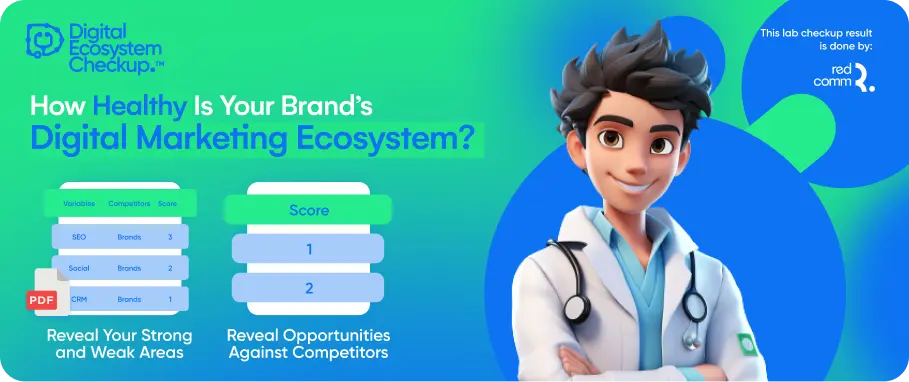Remember Bratz dolls, Barbie, or the sleek Motorola Razr? It seems like everything from our past is making a comeback.
How to Unlock Lasting Consumer Connections with Nostalgia Marketing

But is it just a lack of new ideas, or is there something deeper at play here? Let’s delve into the allure of nostalgia marketing and how it's shaping our consumer landscape.
In today's fast-paced world, filled with technological wonders, there's an undeniable pull towards the past.
After the whirlwind of recent years, nostalgia has become a comforting refuge for many. And savvy marketers are capitalizing on this sentiment, weaving the fabric of nostalgia into their campaigns to forge powerful connections with consumers.
Why Nostalgia Marketing Works?
Nostalgia marketing is all about tapping into the warm glow of cherished memories to create a bond with audiences.
It's about infusing products, services, or brands with the essence of days gone by, eliciting emotions that linger long after the ad is over.
Why does it work? Well, humans are emotional creatures, and our buying decisions often stem from feelings rather than logic.
Research suggests that consumers are drawn to products that evoke positive emotions and resonate with their personal experiences.
Nostalgia marketing taps into this emotional reservoir, allowing brands to ride the wave of fond reminiscence.
But here's the beauty of it: nostalgia isn't just for the older crowd. It's a universal language that transcends generations.
By harnessing the power of nostalgia, brands can speak to both loyal fans and newcomers alike, fostering a sense of belonging and community.
The Role of Social Media in Nostalgia Marketing
Enter the digital age, where nothing ever truly fades into obscurity. Social media has become the ultimate time capsule, preserving moments from our past and shaping our collective memory.
For brands, this presents a golden opportunity. By embracing nostalgia on platforms like TikTok and Instagram, they can tap into a treasure trove of shared experiences.
From retro-themed ads to interactive challenges inspired by bygone eras, social media offers a playground for nostalgia marketing to thrive.
Moreover, the real-time nature of social media allows brands to stay relevant by weaving nostalgic references into current events and pop culture.
It's a delicate balancing act that, when done right, can create a powerful resonance with diverse audiences.
Social media has become the modern-day campfire where stories are shared and memories are made.
By joining the conversation and tapping into our collective nostalgia, brands can craft narratives that stand the test of time.
Tips for Successful Nostalgia Marketing
Nostalgia isn’t just a throwback; it’s a bridge that links our cherished memories to the present, making it a potent tool for marketers to leverage.
But, tread carefully, as this emotional connection can either elevate your brand or lead to a backlash if not executed thoughtfully. Here are 3 key strategies:
1. Listen to your audience on social media
Social media is a hub of nostalgia, where users share memories and reminisce about the past.
By listening to these conversations, brands can identify opportunities to tap into nostalgic sentiments and create relevant campaigns.
For example, Colourpop's Twilight collaboration capitalized on the resurgence of Y2K nostalgia, selling out products through strategic social media engagement.
2. Tailor your approach to your audience
Nostalgia is personal, and what resonates with one person may not resonate with another. Brands must consider the demographics and interests of their audience when crafting nostalgic campaigns.
For instance, Geico's revival of its Caveman mascot was tailored to appeal to a new generation while still resonating with existing fans.
3. Bring back old favorites
Discontinued products often evoke strong feelings of nostalgia among consumers.
By reintroducing these products based on popular demand, brands can tap into the emotional connection consumers have with their past favorites.
McDonald's periodic re-release of the McRib is a prime example of this strategy, delighting fans and driving sales.
In conclusion, nostalgia marketing offers brands a powerful tool for connecting with their audience on an emotional level.
By understanding the role of nostalgia, harnessing the power of social media, and listening to their audience, brands can create campaigns that resonate across generations and stand the test of time.
DISCOVER MORE OF WHAT MATTERS TO YOU
RELATED TOPIC



